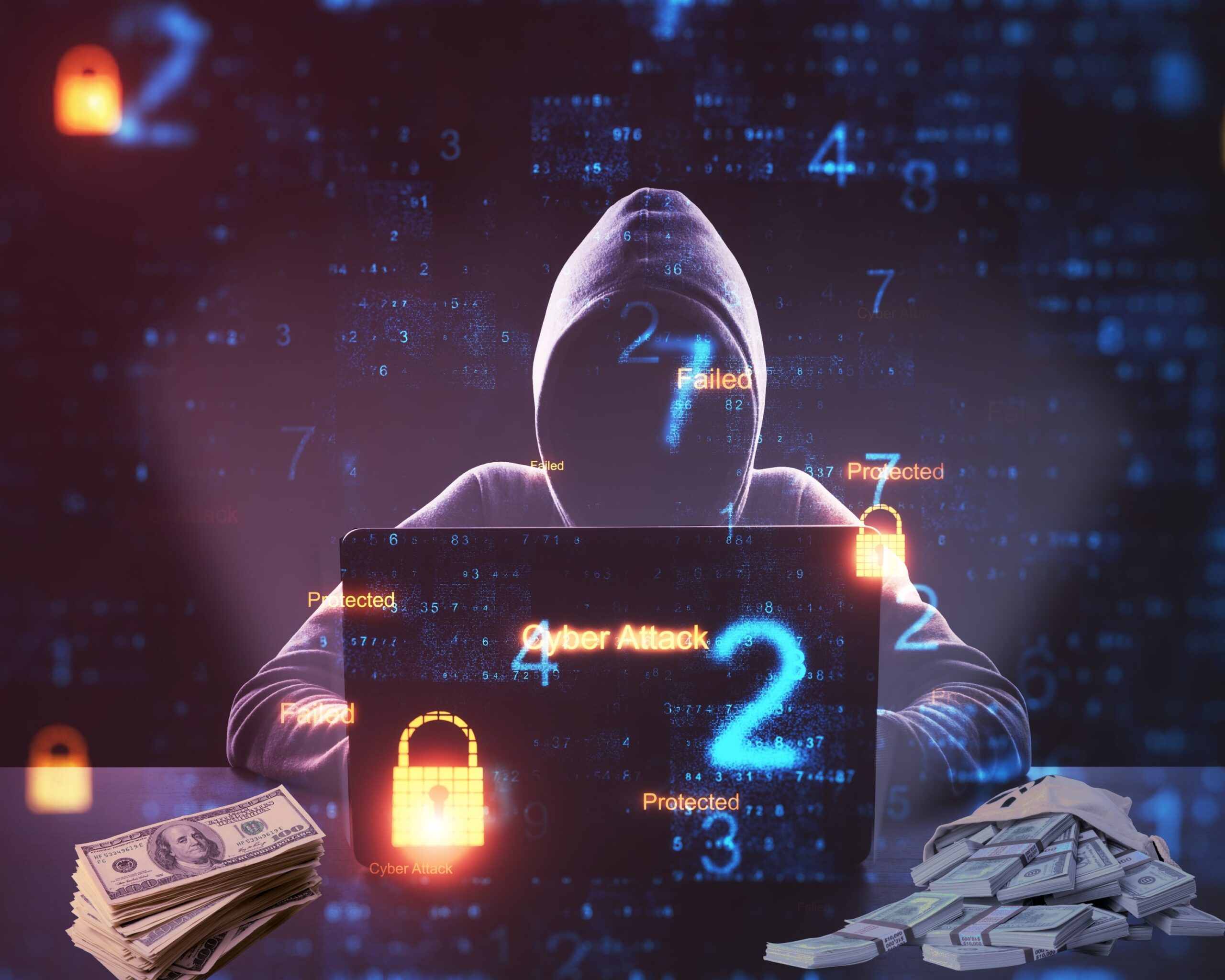IT staff termination has notably increased in the last couple of years. According to Business News Daily, 37% of IT professionals were discharged, a continuing trend that began during the pandemic. This is not good for IT professionals or the companies that they work for.
For the IT staff professionals, they obviously wouldn’t want to get a termination. Besides losing money, they would also have a blemish on their professional record, which puts them back where they started when and if they were to find employment with another company. And for the employer, firing their tech guys also means back to the drawing board. They will have to look for someone new, spend money and time on training them, and possibly even experience reduced productivity from the remaining workforce.
It would be in the best interest of both parties if the IT staff termination rate went down. For this to happen, it is important to understand what causes terminations in the first place, and that will be our topic today.
5 Most Common IT Staff Termination Reasons
Performance Issues
Leading the list of IT staff termination reasons, poor performance would be a deal breaker. Incompetence in any form is a reason for getting fired. If someone gets failing marks after an IT staff performance evaluation, it shouldn’t come as a surprise if they get a notice of termination.
Breach of Company Policies
Another clear-cut reason to fire someone is if they violate company policies. The IT staff code of conduct covers a wide scope, from the proper use of company resources to following strict data security protocols. Any breach of these policies can warrant termination.
Lack of Adaptability
A competent IT professional should be able to keep up with rapidly changing technology. There must be continuous learning for IT professionals, and adapting to technological changes in IT. Their inability to do this will diminish their value to the company, and there will be no reason for them to stay on the payroll.
Communication Issues with IT Staff Leading to Termination
Many IT projects require collaboration between team members, as well as with clients or management. Because of this, many companies invest in improving communication skills for IT professionals through team-building workshops or training on IT staff communication strategies. This addition is a vital step toward minimizing potential communication issues. If, despite these efforts, the tech guys cannot step up in this area, they are likely to get fired.
Cultural Misfit
Although not as common as the other IT staff termination reasons, a cultural misfit is still a valid reason for a company to terminate their IT professional. It can be difficult for individuals to fulfill their role in the company if there is discord within the team. Here, your company would be better off finding the right IT talent for your company culture, and firing those that are not a good fit.
Choose Your IT Staff Carefully to Minimize Risk of Termination
There might be other IT staff termination reasons besides the ones above which are by far the most frequently cited. As a business owner, you must consider these reasons the next time you hire an IT professional. In addition, when hiring an IT provider, you must be sure that they pass all the criteria mentioned in the 7 Components of Auditing an IT Provider. You can download the list right here.
Choosing the right provider will certainly reduce the need for eventual termination, and instead, it might lead to a long-lasting and fruitful professional partnership. If you need help finding the ideal IT team for your company, we can give you a hand. Call us today and we will schedule you for a free consultation!


